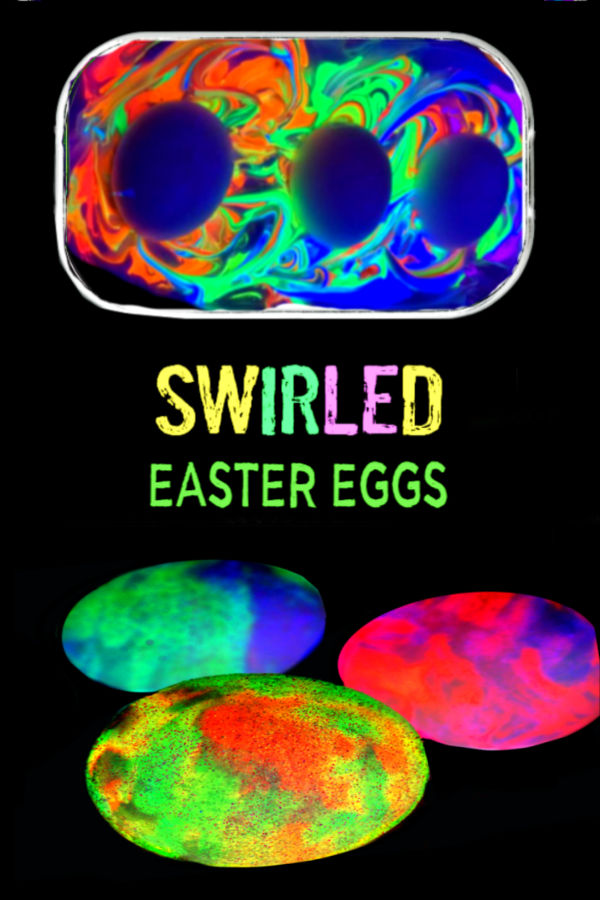


First-person survival horror and the much anticipated sequel to Bendy and the Ink Machine™.Audrey must now navigate the studio, and ally with iconic cartoon characters such as a hardened Alice, a tough Boris, and even a 'perfect' Bendy, surviving the horrors of the studio and avoiding the nightmarish creatures such as the dreaded Butcher Gang, the tormented Lost Ones, and the vile Searchers, in her journey to escape the realm she is trapped in. Wilson, claims to have vanquished the Ink Demon 211 days before, and Audrey finds herself in an inky form in the world of the ink machine. Wilson and Audrey enter the cycle, where Wilson beings to solidify his position as the new ruler of the cycle. She gets up after a grueling shift of redrawing old frames from Joey Drew's Bendy cartoons to get coffee, and encounters Wilson, the janitor. Audrey is an animator working at Archgate Pictures, spending her night working overtime on animations. Deeper, darker, and with more horror-stoked action, the Dark Revival will keep you on the edge. See the ink-soaked kingdom of Bendy™ like never before through the eyes of Audrey, an animator with mysterious abilities. It was in France where it was more heavily associated with desserts and pastilles (candies - not chocolate bars or bonbons) in the 1700’s.Return to the cartoon studio from Bendy and the Ink Machine™. For instance, in Italy chocolate was used for sorbets, but also in many savory foods such as lasagna and meats. Before this, chocolate and cacao was used as an ingredient not only in Mesoamerican foods, but also in Italian and French as well. So although Easter was not always associated with eggs, it eventually became associated as Christianity moved across Europe.Ĭhocolate was a drink for most of its history, and wasn’t a “chocolate bar” until the mid 20th Century. Not to mention the traditions of painting and colouring eggs which became tied into Easter as well eventually. Examples include Tsoureki braided sweet bread in Greece, or Sicilian Cuddura cookies in Italy. Over the centuries, many European desserts, breads, and cookies incorporated whole coloured eggs into them. Christian Easter celebrations adopted the egg as a symbol from pagan traditions much later in the history of Christianity as it spread across Europe. Cadbury marketed their beautifully decorated chocolate boxes in 1868, and then eventually a specific Valentines Day candy box soon after.Įaster and eggs have a long history together. It’s not as clear as say, Valentines, which appears to be the first concrete association with chocolates for a specific holiday or occasion. Many people ask how the chocolate Easter egg came to be.


 0 kommentar(er)
0 kommentar(er)
